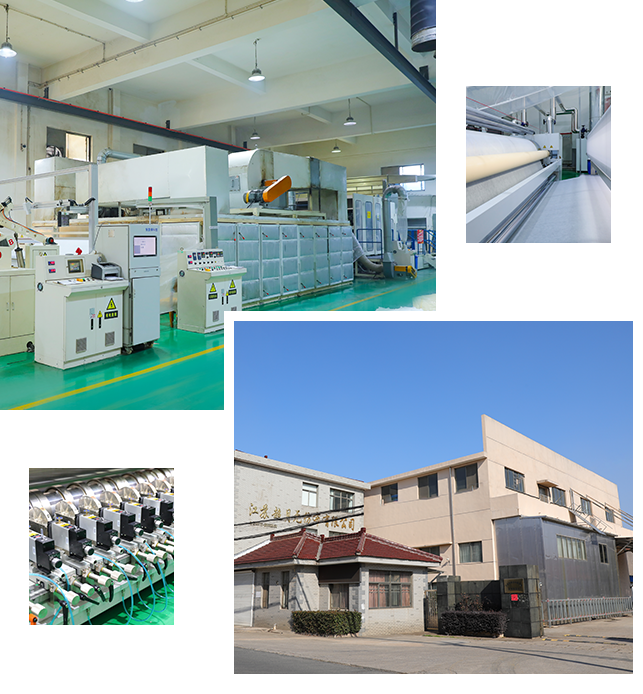What is HOT AIR NON-WOVEN FABRIC?
Hot air non-woven fabric, also known as hot air cotton or hot air-through non-woven fabric, is a type of non-woven material that is produced using a hot air bonding process. Non-woven fabrics are engineered fabrics that are neither woven nor knitted but are manufactured by directly bonding or entangling fibers together.
The hot air non-woven fabric is made by passing heated air through a web of synthetic fibers. The fibers, typically made from materials like polyester or polypropylene, are loosely arranged to form a web. The hot air is then blown through the web, causing the fibers to melt and bond together at their points of contact. This bonding process creates a strong and stable fabric structure.
Hot air non-woven fabrics have several desirable properties that make them suitable for various applications. They are lightweight, breathable, and have good insulation properties. The fabric is often soft and comfortable to the touch, making it ideal for use in products such as face masks, medical protective clothing, bedding, and upholstery.
One of the significant advantages of hot air non-woven fabrics is their high filtration efficiency. The randomly oriented fibers and the bonded structure create a dense network of interconnected pores, which can effectively trap particles and provide excellent filtration performance. Therefore, hot air non-woven fabrics are commonly used as filter materials in air and liquid filtration applications.
Overall, hot air non-woven fabric is a versatile material that offers a combination of strength, breathability, filtration, and comfort. Its wide range of applications makes it an essential component in various industries, including healthcare, automotive, agriculture, and consumer goods.
What is the composition of the HOT AIR NON-WOVEN FABRIC?
The composition of
hot air non-woven fabric can vary, but it is typically made from synthetic fibers such as polyester or polypropylene. These synthetic fibers are chosen for their strength, durability, and melting properties during the hot air bonding process.
Polyester: Polyester fibers are widely used in the production of hot air non-woven fabric. Polyester is a synthetic polymer that offers excellent strength, resilience, and resistance to stretching and shrinking. It is also resistant to mildew, abrasion, and chemicals. Polyester hot air non-woven fabrics are known for their durability and good dimensional stability.
Polypropylene: Polypropylene fibers are another common choice for hot air non-woven fabrics. Polypropylene is a thermoplastic polymer known for its lightweight nature, excellent moisture-wicking properties, and resistance to chemicals and stains. Polypropylene hot air non-woven fabrics are often used in applications where breathability and moisture management are important.
It's important to note that while these synthetic fibers are commonly used, other fibers or blends may be used in hot air non-woven fabric production depending on specific requirements. Additionally, some manufacturers may use a combination of different types of fibers to achieve desired characteristics such as enhanced softness, improved filtration, or specific performance features.
![]() Willkommen bei Jiangsu Chaoyue Non-Woven Fabric Co., Ltd.
Willkommen bei Jiangsu Chaoyue Non-Woven Fabric Co., Ltd.  +86-519-8866 2688
+86-519-8866 2688![]() Willkommen bei Jiangsu Chaoyue Non-Woven Fabric Co., Ltd.
Willkommen bei Jiangsu Chaoyue Non-Woven Fabric Co., Ltd. ![]() +86-519-8866 2688
+86-519-8866 2688